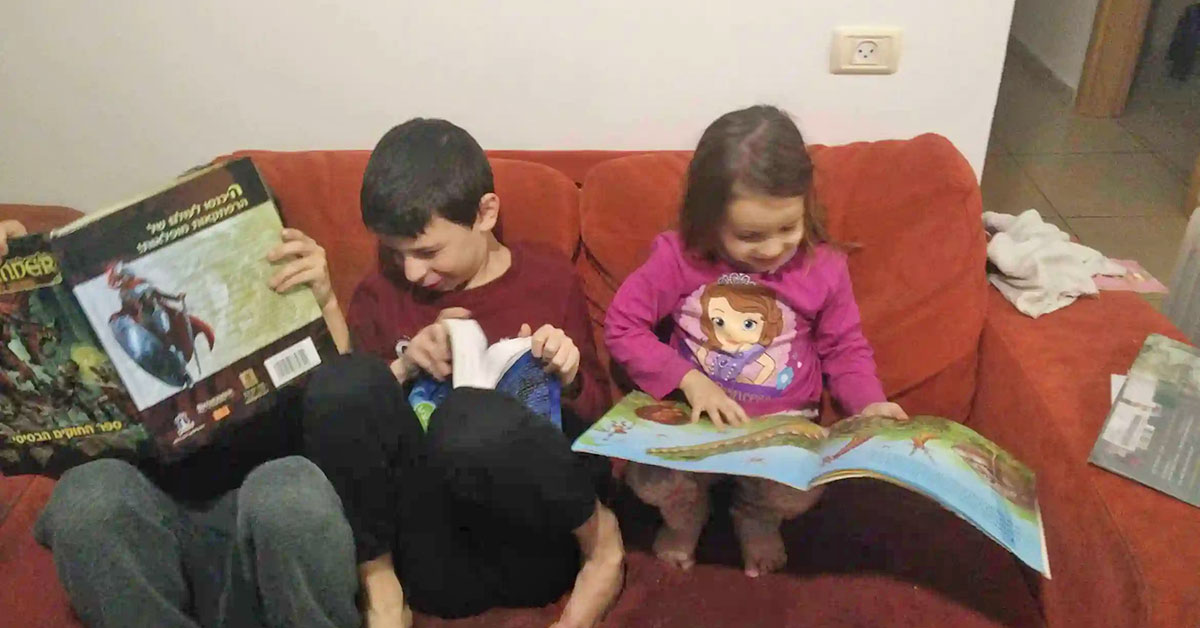
Experiencing Self-Selection of feature teams
Lately I had the opportunity and pleasure to facilitate a process of designing cross-functional feature teams in a self-selection process. Self-selection is a facilitated way to let people choose which team to work in. It is surprising how rare this practice is sometimes even considered eccentric while practically it is a simple and fast and produces such great results – well-formed teams with more involved and engaged people.
Why teams self-selection?
It’s a fast engaging process that creates the best conditions for a team to reach high performance.
It’s based on the assumption that with the appropriate context, people will choose to work in a team that they feel will make them be most productive, taking into account the personal relationships with the other team members, the complementary skills they bring and their aspirations for personal and professional development.








